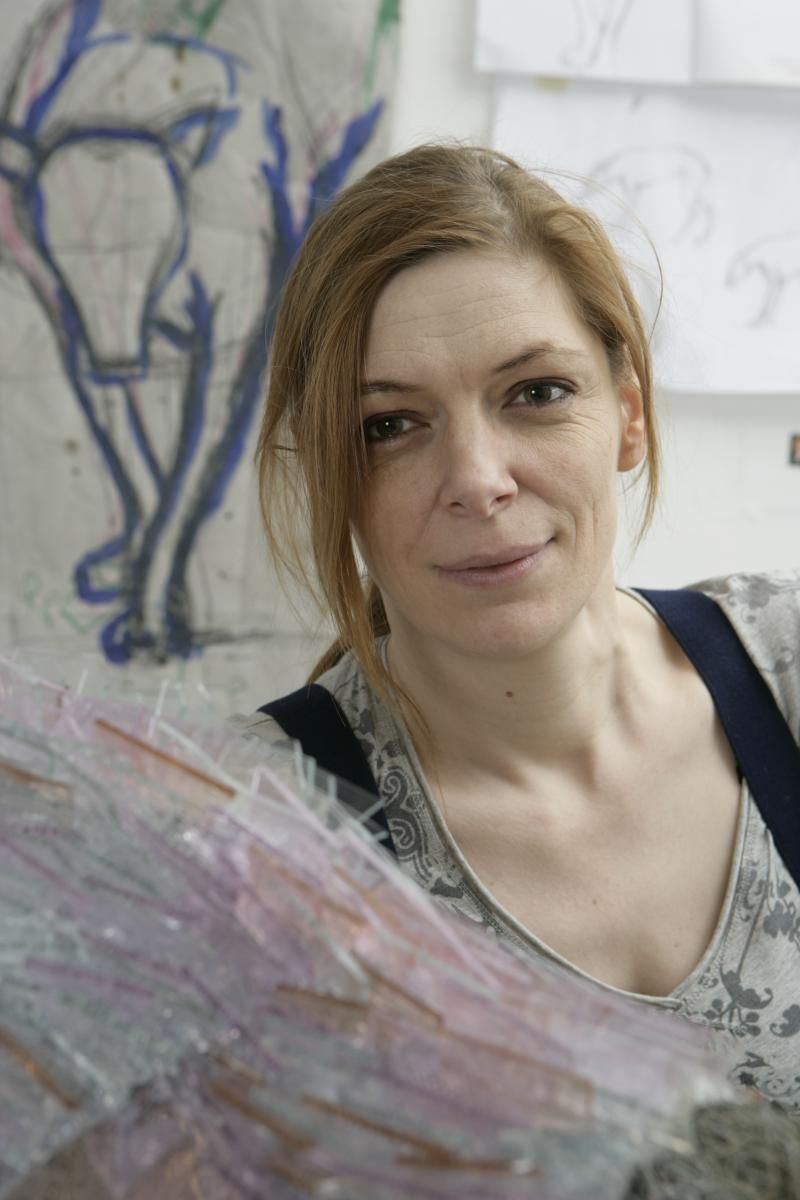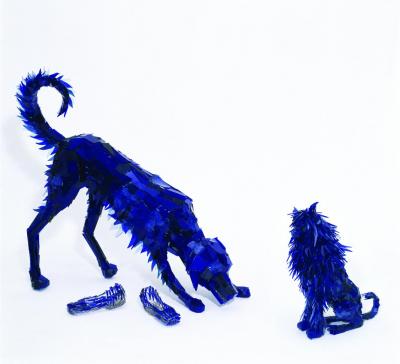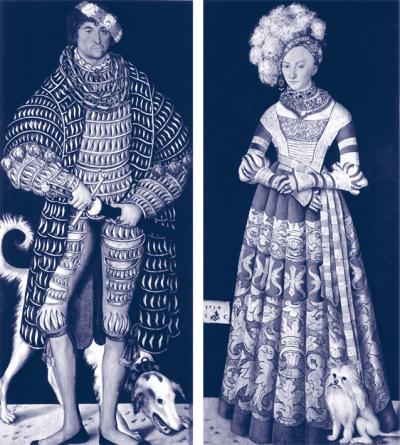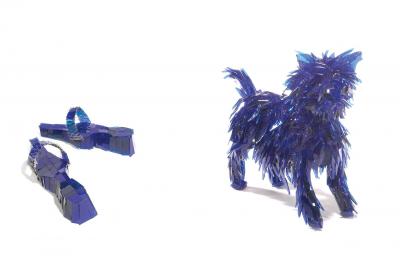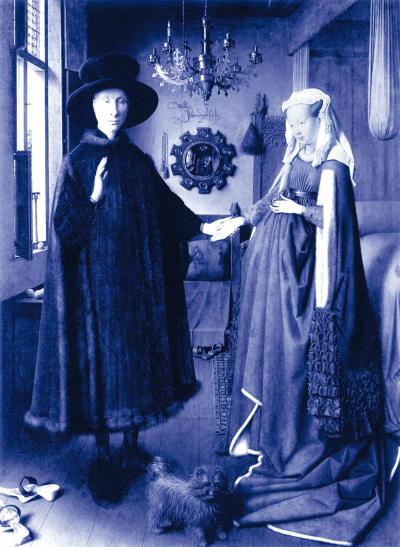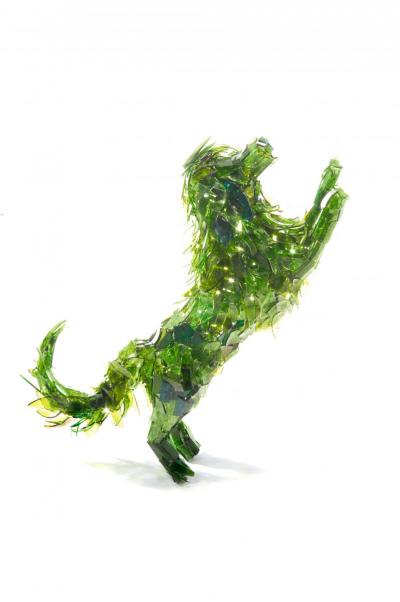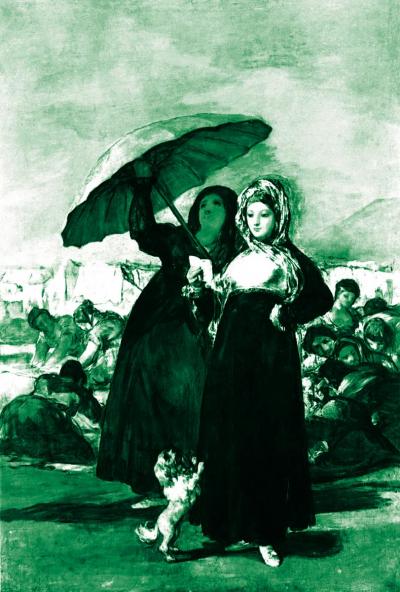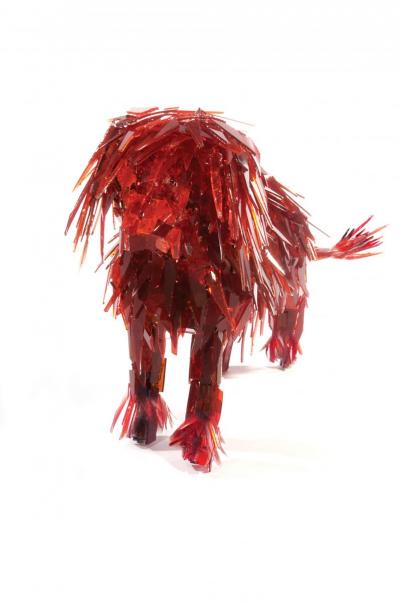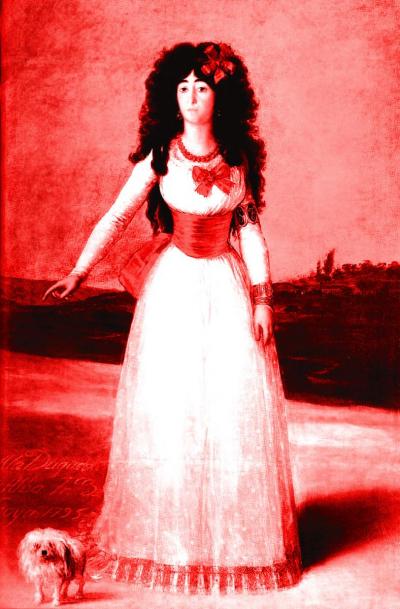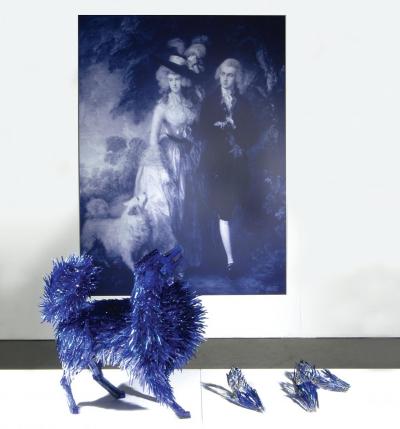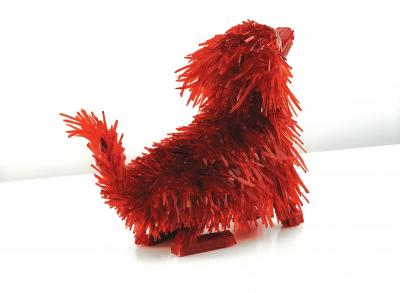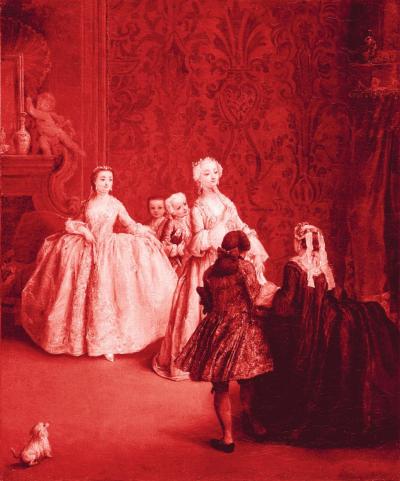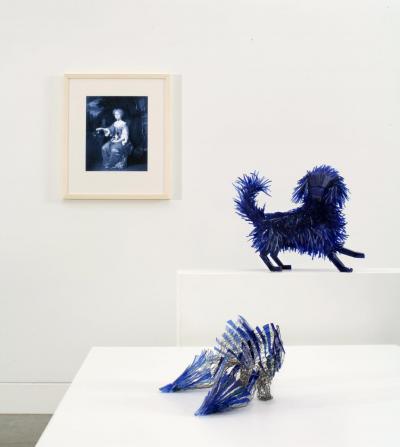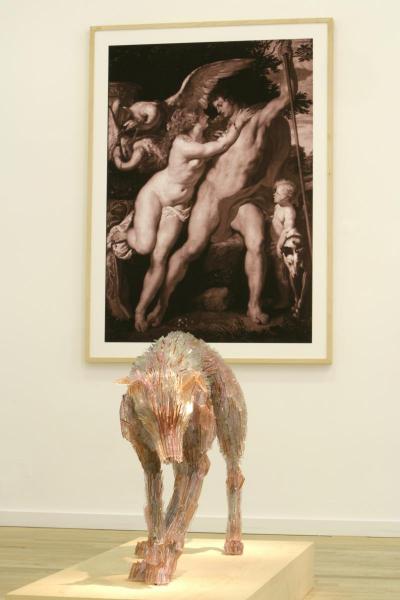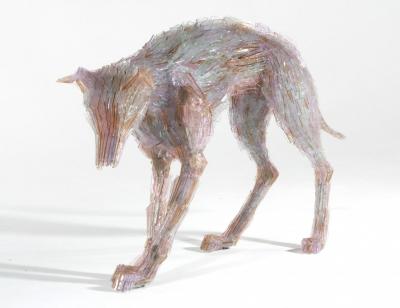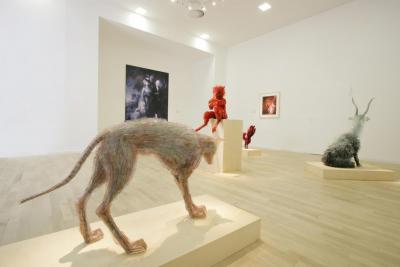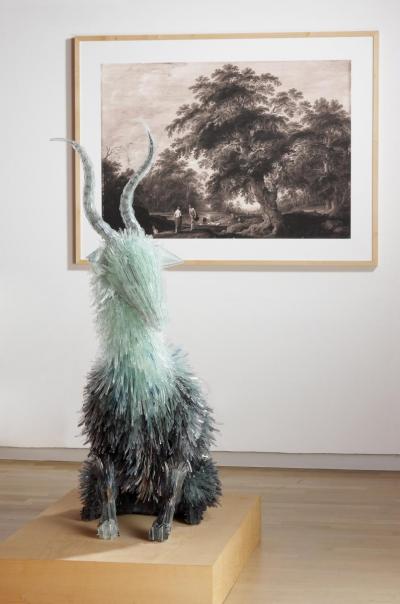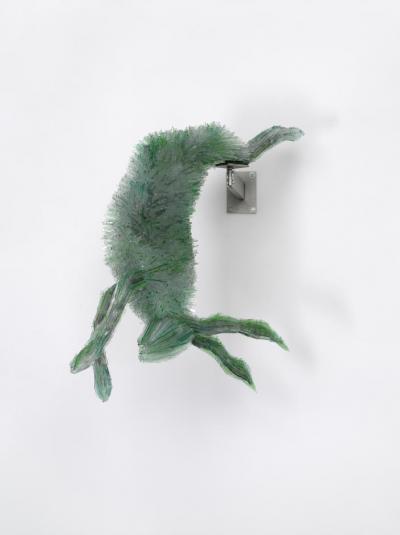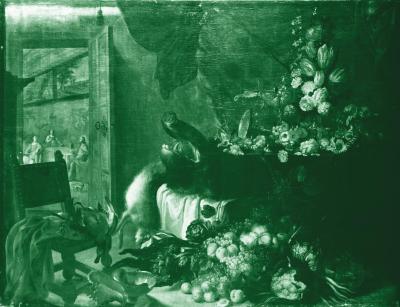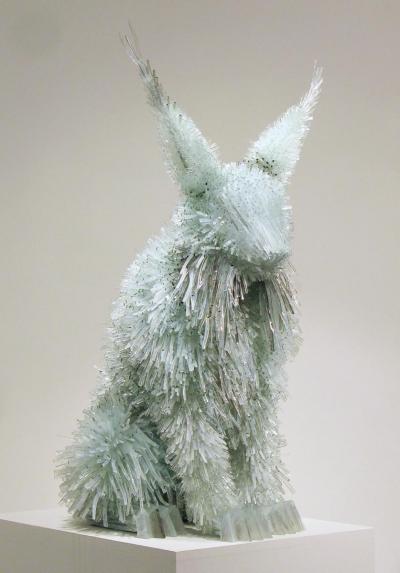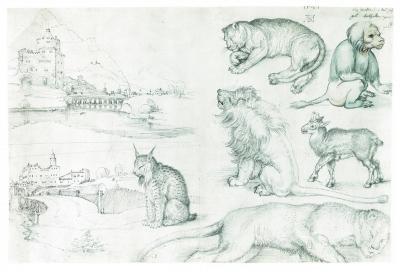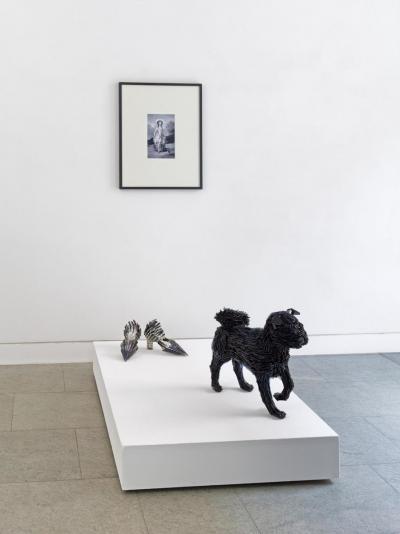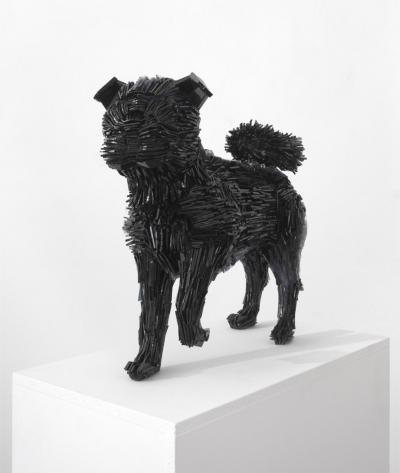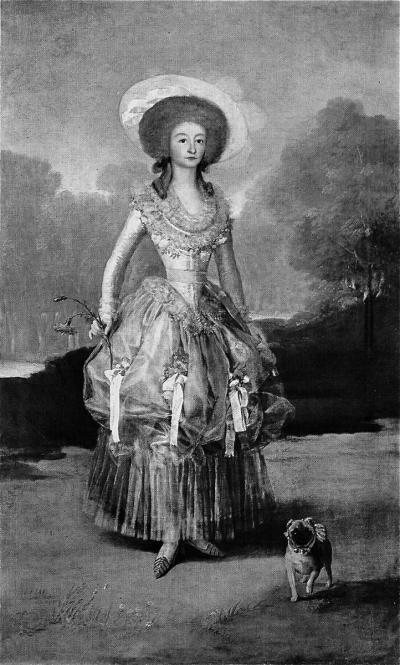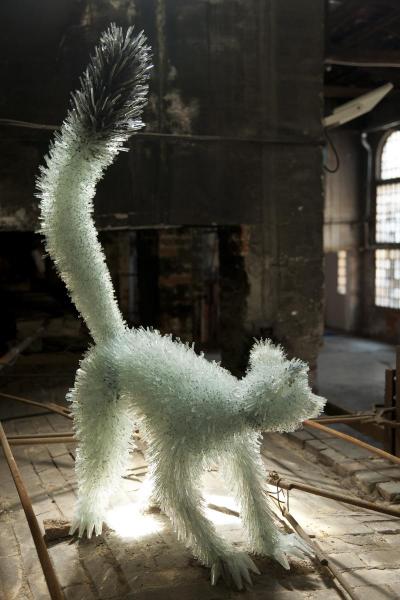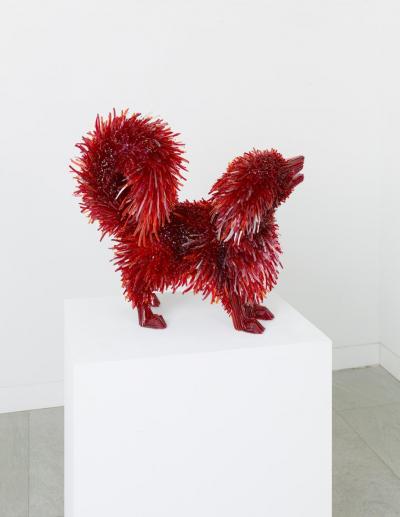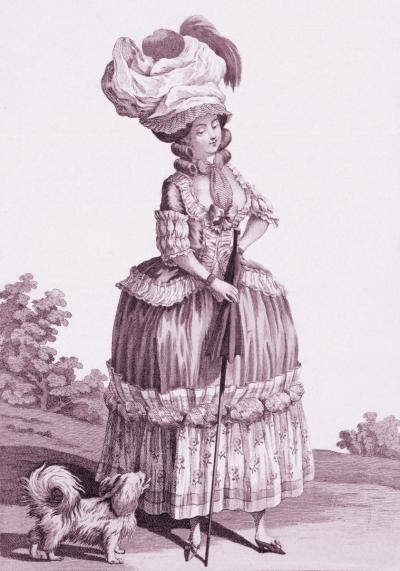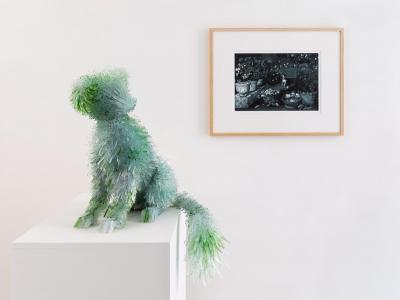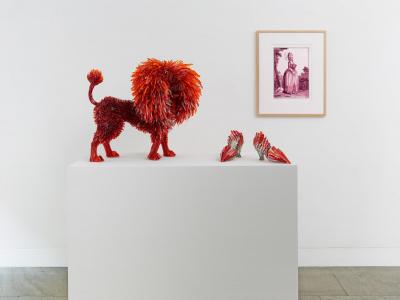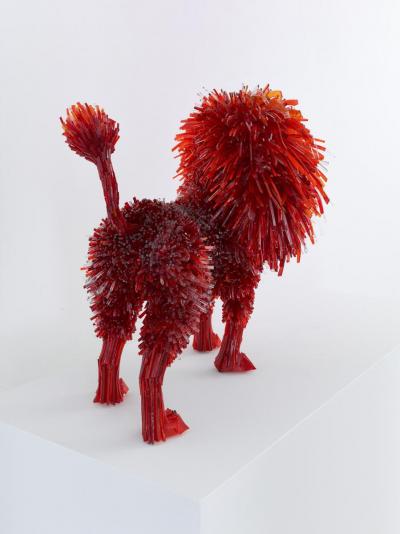Marta Klonowska - "My glass animals open a new reality."
Mediathek Sorted

Sculptures of animals have not enjoyed much popularity in contemporary art since 1945; at least not amongst the avant-garde. Not a single example of a classical, naturalist or abstract animal sculpture is listed in the standard publications on 20th-century art in the period following the Second World War. People have had more than enough of 19th century animal sculptors like August Gaul (1869-1921), Richard Scheibe (1879-1964), Ewald Mataré (1887-1965), Renée Sintenis (1888-1965), Gerhard Marcks (1889-1981) and Emy Roeder (1890-1971), all of whose works were amongst the high points of modern art between 1900 and the 1930s. People were also fed up with “conservative-style sculptures of animals” – they had also, of course, existed in the second half of the twentieth century - because, until the end of the 1980s they had been placed all over the country in new housing blocks and parks as supposedly apolitical decorative works to “raise people’s spirits” (Katrin Etringer).
Animal sculptures only began to gain in significance for the avant-garde with the arrival of contemporary art genres like object art, performance, installation, environment and concept art. However what mostly inspired contemporary artists were not the animals themselves but the symbols and myths that surrounded them. Joseph Beuys’ works are shot through with manifestations of animals in objects, actions and environments. His wax sculpture “The Queen Bee” (1952) was his first formulation of sculpture as a process somewhere between organic life, crystalline structures, liquefaction and solidification. Beuys himself declared that his legendary action how to explain pictures to a dead hare (1965) “conveys a sense of the secrecy of the world and of existence […] even a dead animal preserves more powers of intuition than some human beings with their stubborn rationality.” In his environmental work Hirschdenkmäler (The Stag Monuments) first exhibited in 1982 in the Berlin Gropius-Bau, clay Urtiere (primaeval animals), goats and a stag in the form of powerfully abstract assemblages of wood and everyday articles embody primitive powers and myths. “A stag appears in times of necessity and danger. It is the expression of a special element: the warm positive element of life” In one of his last actions Beuys himself imitated a Coyote (1984) and, according to Nam June Paik, thereby captured the atmosphere of the central Asian steppes. Nancy Graves interpreted her life-size reconstructions of an ice age Dromedary (1968/69) made of skin, canvas, wax and oil paints on a frame of wood and steel as an “abstract sculpture”, i.e. the embodiment of an idea. Bruce Nauman culminated years of work on bodies and spaces in a presentation of piled up, tied together, seemingly cloned, mutilated wild animals made of rigid foam and hanging on a framework of wood, iron and wire (Animal Pyramid, 1989). Damien Hirst made a name for himself at the start of the 1990s with formaldehyde stuffed fish and vertebrate animals that he placed in glass cases as provocative metaphors of aggression and vitality, art and conservation, life and death, or sickness and science.
















































































